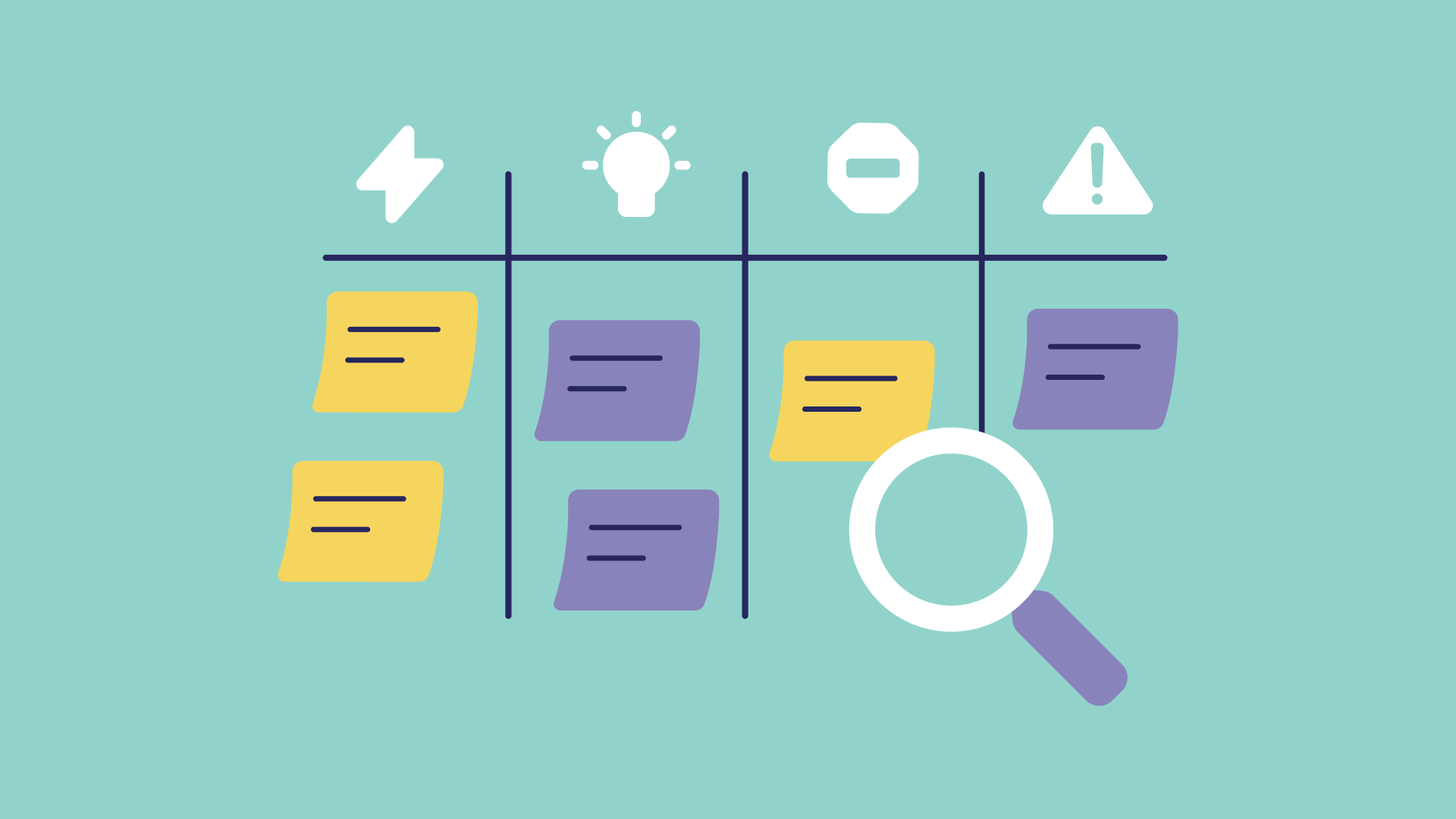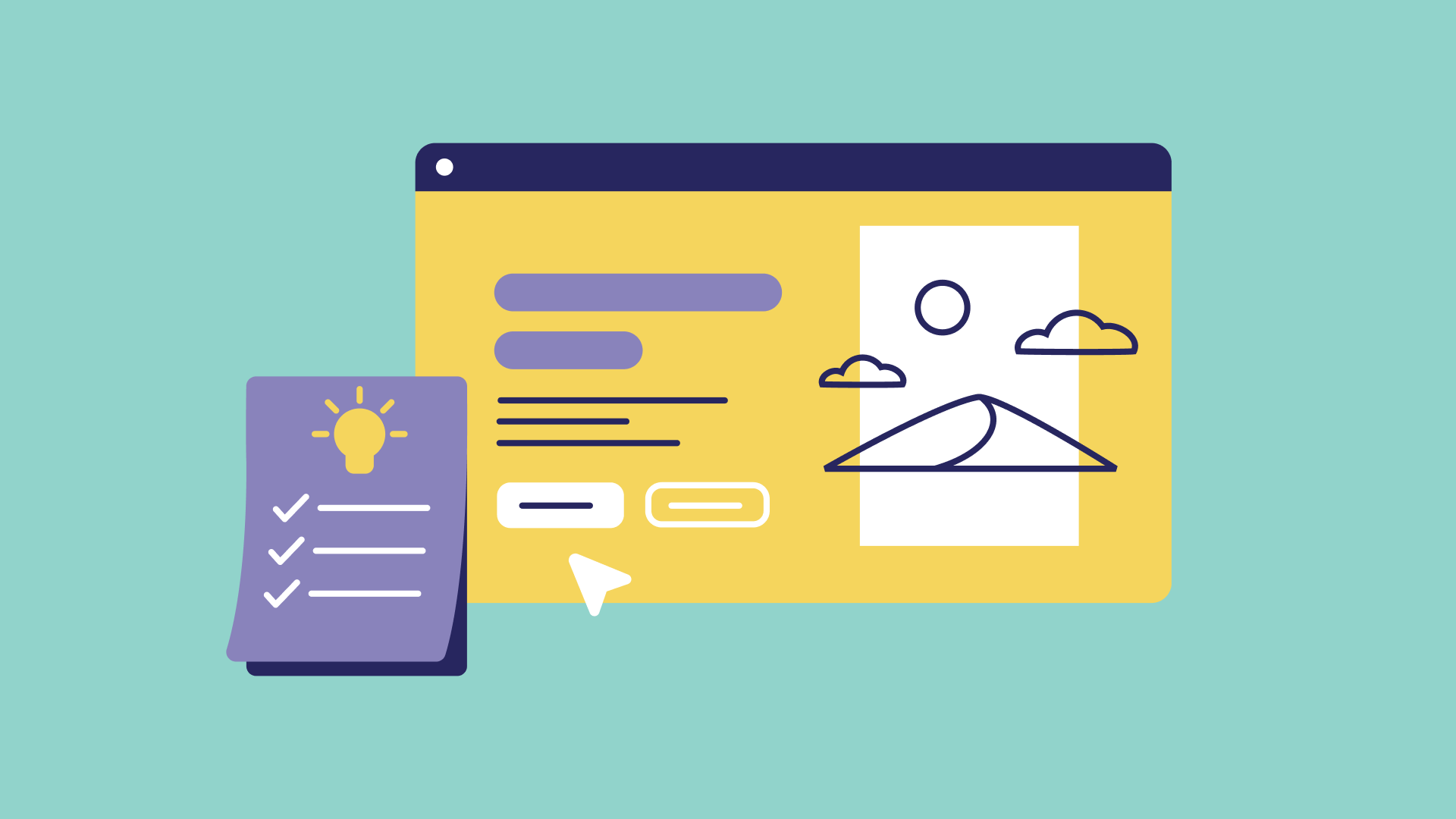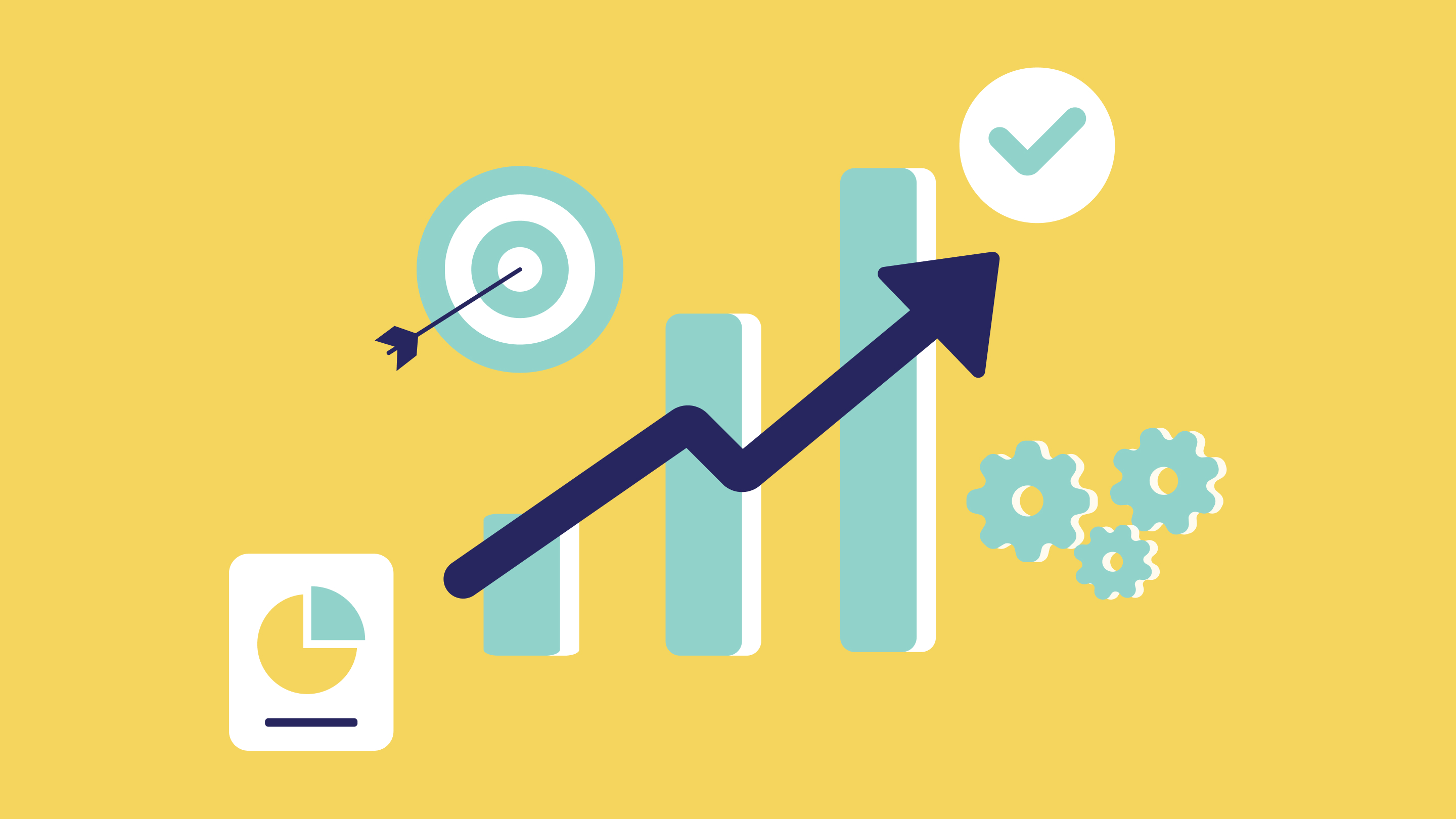
The ever-changing landscape of the design industry demands agile, adaptive approaches from modern design studios. The Agile Design Process has emerged as a game-changing methodology, setting a new standard for how design projects are executed and managed. But what is Agile Design exactly? This expanded article aims to shed light on this transformative Agile Design Methodology and explore its harmonious relationship with another critical concept: design thinking.
Defining Agile Design
Firstly, let's tackle the question: What is Agile Design? At its core, Agile Design is an iterative and collaborative approach that optimizes the design process for adaptability, client feedback, and rapid prototyping. Originating from Agile software development methodologies, the Agile Design Process enhances the efficacy of design workflows by ensuring a constant cycle of prototyping, testing, and refining.

Agile Design and Its Core Principles
Agile Design Methodology is built on several core principles:
- Client-Centric: Agile places a strong emphasis on client and user feedback, incorporating it into every phase of design.
- Iterative Design: The methodology allows for continual improvement by adopting a non-linear, iterative approach to design.
- Cross-Functional Teams: Designers, developers, and other stakeholders collaborate closely, breaking down silos and enhancing the quality of the end product.
Design Thinking and Agile: A Perfect Partnership
An often debated topic in the design community is how design thinking and Agile can complement each other. Design thinking emphasizes empathy, problem definition, and solution ideation. When this process reaches the implementation stage, Agile Design Methodology steps in. This powerful combination creates a holistic approach that incorporates empathy and user focus (from design thinking) with adaptability and efficiency (from Agile).
The Agile Design Process offers several advantages to designers and developers:
- Fast Prototyping: Quickly create prototypes that can be tested in the real world, giving valuable feedback for further improvements.
- Improved Collaboration: Close collaboration between stakeholders ensures that everyone is on the same page every step of the way.
- Faster Time-to-Market: By breaking large projects into smaller chunks, Agile design ensures you're able to launch products faster.
Agile Design Process in Practice: Steps and Tools
1. Foster a Collaborative Mindset
Agile is more than just a methodology; it's a mindset that emphasizes open collaboration, continuous feedback, and iterative improvement. Create a culture where designers, developers, and other stakeholders can work together seamlessly.
2. Daily Stand-ups
Initiate a daily stand-up or "scrum" meeting where team members discuss their tasks, challenges, and progress. These quick, 15-minute meetings keep everyone aligned and highlight potential issues that may need immediate attention.
3. Sprint Planning
Design work can also be organized into "sprints," short periods where specific tasks must be completed. As a Product Manager, your role in sprint planning is crucial. You can prioritize tasks based on business objectives, ensuring that the most impactful work gets done first.
4. User Stories and Backlogs
Use 'user stories' to frame design requirements from the end-user's perspective. Maintain a 'product backlog' of these stories and other tasks, which serves as a to-do list guiding your sprints.
5. Sprint Reviews and Retrospectives
After each sprint, hold a review meeting to present the completed work to stakeholders and gather feedback. Also, arrange a retrospective with your team to identify what went well, what didn't, and how to improve in the next sprint.
6. Dedicated Resources
Consider assigning dedicated designers to specific projects for the duration of a sprint. This can increase focus and efficiency, ensuring that the sprint goals are met.
7. Utilize Agile-Friendly Tools
There are many project management tools designed to facilitate Agile methodologies. Features like Kanban boards, sprint planners, and real-time collaboration can make implementing Agile much smoother.
8. Training and Continuous Learning
The field of Agile methodology is constantly evolving. Encourage your team to stay updated through workshops, courses, and other educational resources. This not only boosts the team's skills but also keeps your processes up-to-date.
9. Educate Stakeholders
It’s important to keep stakeholders, including top management and clients, in the loop about what Agile is and how it benefits the project. Their buy-in is crucial for the smooth running of an Agile design environment.
Conclusion
A Paradigm Shift Worth Adopting
The Agile Design Process is not a mere trend—it is a paradigm shift that is profoundly influencing modern design studios. By integrating this Agile Design Methodology, studios can optimize for rapid iterations, client feedback, and cross-functional collaboration. When combined with design thinking, studios are better equipped to provide user-focused, adaptable, and efficient design solutions that meet the complex needs of today's world.
At Fikri Studio, we understand the dynamic and evolving nature of the SaaS landscape, which is why we've fully integrated Agile design methods into our workflow. Our specialized team is well-equipped to assist SaaS entrepreneurs in navigating the complexities of the market, offering flexible, iterative, and customer-focused solutions. From stand-ups to sprint planning, our design process is tailored to adapt to your changing needs while delivering high-value output. We're committed to helping you realize your vision through continuous improvement and feedback loops. To discuss how we can assist you in achieving your goals, please reach out to us via our contact page.













